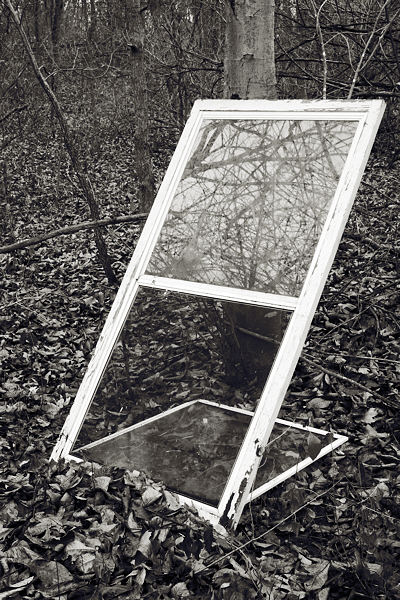Posted by June Underwood on February 15th, 2008
The back wall of the Hewitt Downstairs studio at the Montana Artists Refuge is about 15 feet by 20 feet. It was that wall that became the repository for a series of oil-painted panels called The Refuge. The Artists Refuge is in Basin, Montana; The Refuge is oil on canvas, a product of my two-month residency in Basin.
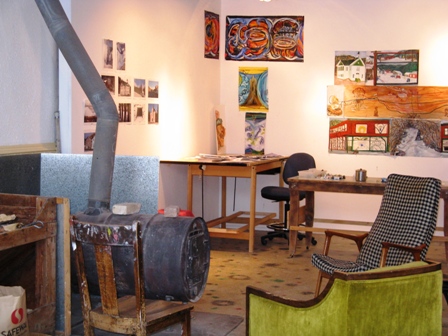
The Refuge is a visual rendition of a psychogeography of Basin, Montana — paintings that recall scenes and feelings arising from that particular place in that particular time and space of my life.
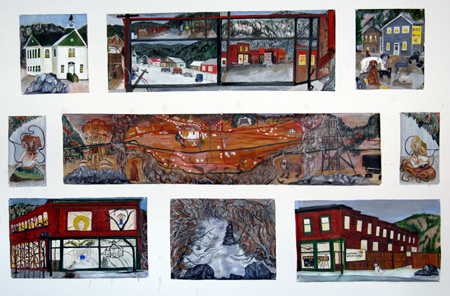
The Refuge, oil on canvas, Approximately 6′ x 10′.
more… »
Filed in art criticism,being an artist,from imagination,from life,interpretations,landscape,painting,perception,Uncategorized,working
- Comments closed
Posted by Steve Durbin on February 14th, 2008
When it comes to created work, most artists have little choice but to move on once they’ve produced a piece (admittedly, it can sometimes be difficult to identify or reach an endpoint). Photographers are blessed or cursed with a real choice. Probably most, having once achieved a satisfactory rendition of an image, are willing to leave it there. From that point, with digital technology, endless identical copies can be made (I’m ignoring printing technicalities, a different subject altogether). In the non-digital world of printing from negatives, a new print request may entail a repeat visit to the darkroom, but careful photographers certainly have notes on paper choice, development time, and any dodging or burning they might have settled on. Reproducibility is one of photography’s greatest strengths, despite the headaches and posturing over pricing that it may induce.

more… »
Filed in across the arts,photography
- Tags: Anasazi, trees
- Comments closed
Posted by Steve Durbin on February 10th, 2008
Thinking as an artist, of course not. Thinking as a scientist, of course yes. This certainly reflects a difference in approach, but I don’t think there’s a true disagreement. Rather, the response depends mostly on how the question is interpreted: does my moon mean what the moon means to me or is it the moon in the sky that I see.

Somewhere between physical stimulus and mental concept lies perception. Does how I perceive the moon depend on whether I am German or Spanish, male or female? A fascinating (and amazingly readable) paper by Lera Boroditsky, Lauren Schmidt, and Webb Phillips (Dept. of Psychology, Stanford) suggests that it might. The authors didn’t study the effect of biological gender, but I suspect it could play a role because the language/culture seems to be related to grammatical gender. In German der Mond is masculine, while in Spanish la luna is feminine.
more… »
Filed in across the arts,perception
- Comments closed
Posted by Birgit Zipser on February 8th, 2008
Personal psychogeography (see previous post) has provided food for thoughts for many days to come. Listening to Will Self’s lecture on this subject, I enjoyed the image of a busy novelist who, intellectually, made the decision to allow ‘drift’ into his own life. He explained that he used to live in ‘microenvironments’ consisting of the city of London and, on his book tours, the hotels that he was transported into by airplanes and taxis. To appreciate more of his surroundings, he now walks from airports to hotels or takes buses.
I, too, find it more enjoyable to take a bus from La Guardia airport through the streets of Queens to Manhattan. Part of my enjoyment is watching the ethnicity of people boarding or leaving the bus in the different neighborhoods. Psychogeography accompanied by anthropology, an interest in the lives of people?
First of all, a common thread in my personal psychogeography has been Water. Having grown up in a small town at the North Sea, I often jogged with my dog along a bay in the ocean.
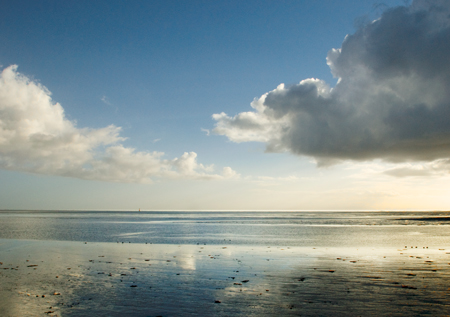
more… »
Filed in photography
- Comments closed
Posted by Steve Durbin on February 5th, 2008
Psychogeography: the word conjures for me. I came across it a scant few weeks ago, and immediately it brought some coherence to many thoughts that have clattered around my mind for a while. It was like finding the framing for a photograph that brings the picture elements into good relationship.
more… »
Filed in across the arts,landscape,perception,photography
- Comments closed
Posted by June Underwood on February 1st, 2008
I promised a final reckoning of my two-month residency in Basin Montana.
Here are a few stats: Jer and I were in Basin, population 255, from December 1 through January 28. I stopped painting January 22, having produced 70 paintings (not counting the ones I threw away). I painted 10 –14 hours a day, having little access to computers, no need to cook or clean, and the whole of Basin from which to work. The lowest temperature was 30 degrees below zero; the highest was 30 degrees above zero. I did one plein air watercolor.
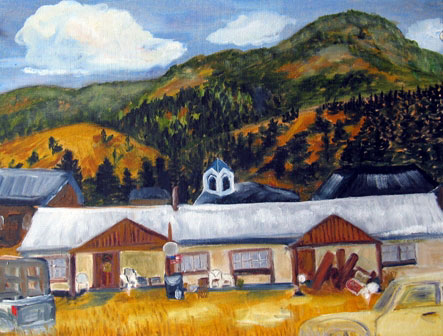
Brad’s Place
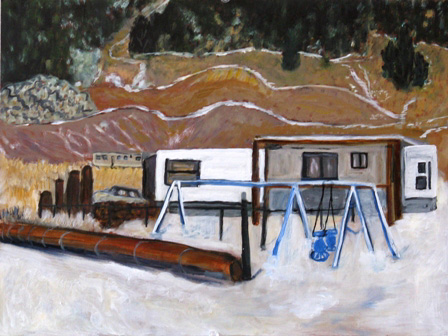
Mariah and Eli’s House
Observation #1: I got better at painting. more… »
Filed in Uncategorized
- Comments closed
Posted by Sunil Gangadharan on January 30th, 2008
There is a certain cosmic element about large battles described in epics like the Iliad or the Mahabharata. Maybe the forces unleashed from the large seething masses of humanity numbering in the tens of thousands as they stand to square off in what could be the last day or night in their lives evokes out of control celestial bodies – or maybe it is the magnitude of destruction about to unfold while rational thought remains crucified at the battlefield entrance helplessly watching the bloodletting that ensues… I am not sure, but there is something other worldly about them that pricks our atavistic core. Childhood memories are fairly strong – or so neurologists say – it must be because our brain cells have not fully formed then and any available sliver of information is indelibly singed on our neurons… For some reason, to this day, I remember vicariously participating in the imaginary battles while the warring clans clashed under the overcast demeanor of Kurukshetra through comic books such as the Amar Chitra Katha…
One such scene from this epic tale unfolds with two very large armies about to face off each other over a vast battleground. Moments before the time of reckoning draws near and that first arrow rends the sky, one of the commanders experiences a sudden burst of self-doubt and starts a dialogue with his charioteer on the nature of humanity, the soul, our existence and filial duty. A striking tableau develops when his charioteer drives the chariot out to the midlines of the battle field and starts to explain the answers to some of the questions posed. The interesting exchange between the doubtful commander and his self assured charioteer is so powerful that it forms a separate section of the Mahabharata called the Gita. Though I would consider certain portions of the conversation between the two to be bit facile, a lot of the principles laid out in this conversation that took place thousands of years ago resonates even today.
Even if the words did prod my thinking in many ways, the aspect of the epic that was most retained in my mind from all those surreptitious nights of comic book mythology was the battle. This painting (below) is an attempt at trying to capture some those crucial moments before the impending battle. This scene is a familiar one and numerous Indian homes have a semblance of this tableau in some framed format. Owing to the scale and the gravity of the scene, I decided to try something large scale (though it was not really necessary) – I had not done anything so large before and the aspect of size in and of itself presented its own peculiar problems. Finished, the painting is about nine feet wide and six feet tall. I did make a mess of our basement completing the thing and am not sure how long that is going to take to clean the oil paint mish mash left on the floor. It took about two and a half months for me to go through the motions of the initial measurements, sketches, gesso ground and finally painting the canvas in three sections – the middle first, followed by the left and then the right side.

Sunil Gangadharan, ‘Everyman and the charioteer’, Oil on canvas, 101″ X 73″
Filed in Uncategorized
- Comments closed




